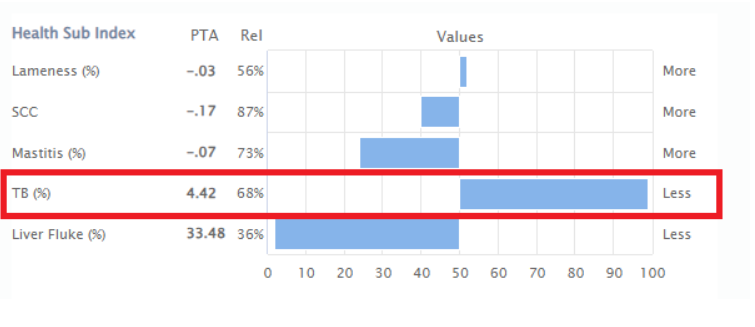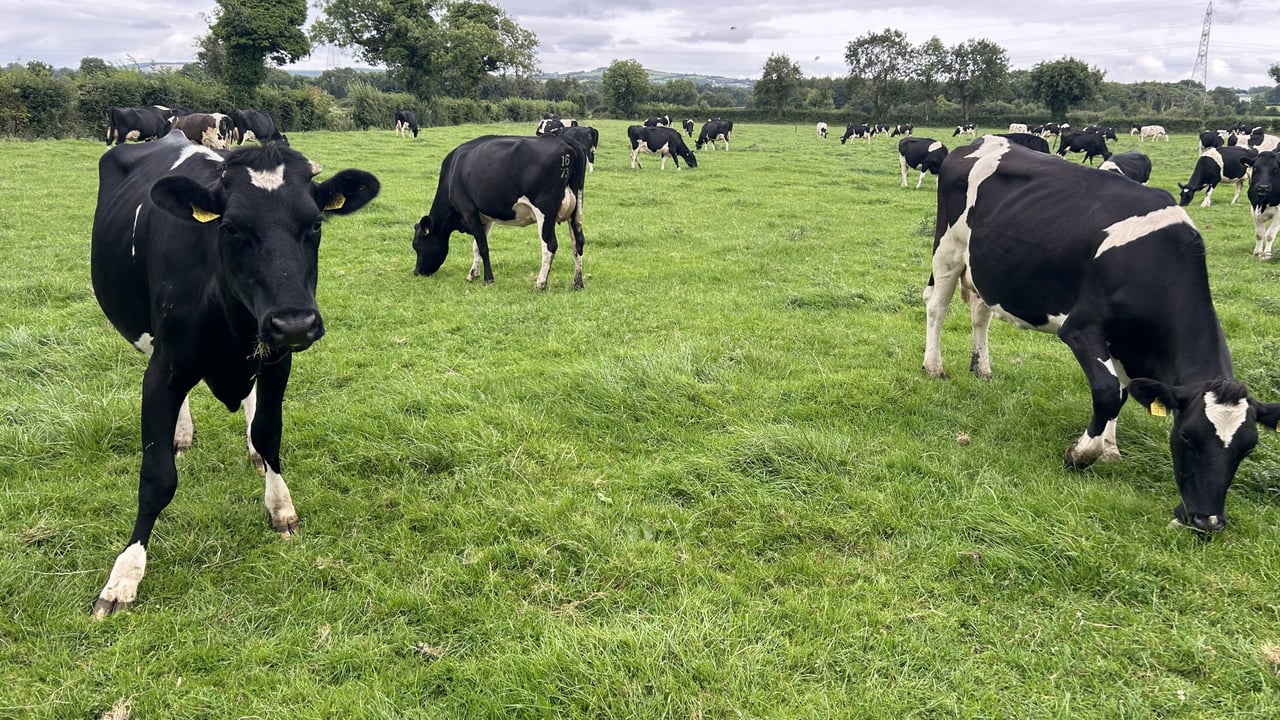Should TB resistance be factored into your breeding plan?
Now that farmers are receiving their spring 2025 dairy and beef sires catalogues, is TB resistance and other health traits something that has to be focused on?
Most farmers receive their catalogues and focus on milk production, milk solids production and fertility, which are obviously crucial for the genetic gain of your herd.
However, the health of your herd is paramount, not only for the welfare of your animals, but also for the sustainability of your farm.
TB incidence rates are increasing from 3.72% in 2019 to 5.17% in 2024, resulting in 5,280 affected herds nationally in 2024, with data showing that dairy herds tend to be at greater risk of breakdown.
TB has been steadily increasing since 2018, and cases have been rampant around the country, with most farmers knowing at least a neighbour or a friend who has gone down with the disease.
With this knowledge, farmers should really consider paying more attention to the trait when choosing the bulls they will use for the breeding season.
During a herd breakdown, there might only be a number of cows that are TB reactors, even if all cows have been managed in the same manner.
This occurs when particular animals are more genetically resistant to TB than others - the animal has more ability to fight off infection due to its genetic makeup.
This means that farmers can breed cattle that are less likely to become TB reactors, according to the Irish Cattle Breeding Federation (ICBF).
The ICBF has advised farmers to select cows and bulls for breeding that have the highest overall index, as well as the lowest breeding value for TB resistance.
The TB breeding value for individual animals in your herd can be found in the health sub index, as follows:

The lower the TB percentage, the better, and so in the scenario above, the animal is in the 99th percentile in the country for TB resistance.
To improve TB resistance, a farmer should aim to use bulls with a breeding value of less than 8% for TB, and if they want a swift improvement, use bulls of less than 6.5%.
Farmers must understand that although a bull may have a high economic breeding index (EBI), it does not guarantee favourable genetic resistance to TB.
E.g., you could have a bull with an EBI of €350, yet the same bull could have a TB resistance of 11.70%, which would leave the bull in the bottom 1% for TB resistance.
Having a high TB resistant herd is not going to eradicate the disease from entering into your herd, but it is certainly going to increase your herd's chances of escaping a breakdown.
Farmers must be mindful of this when they are putting their breeding plan together to select bulls with a lower TB breeding value to improve genetic resistance.





